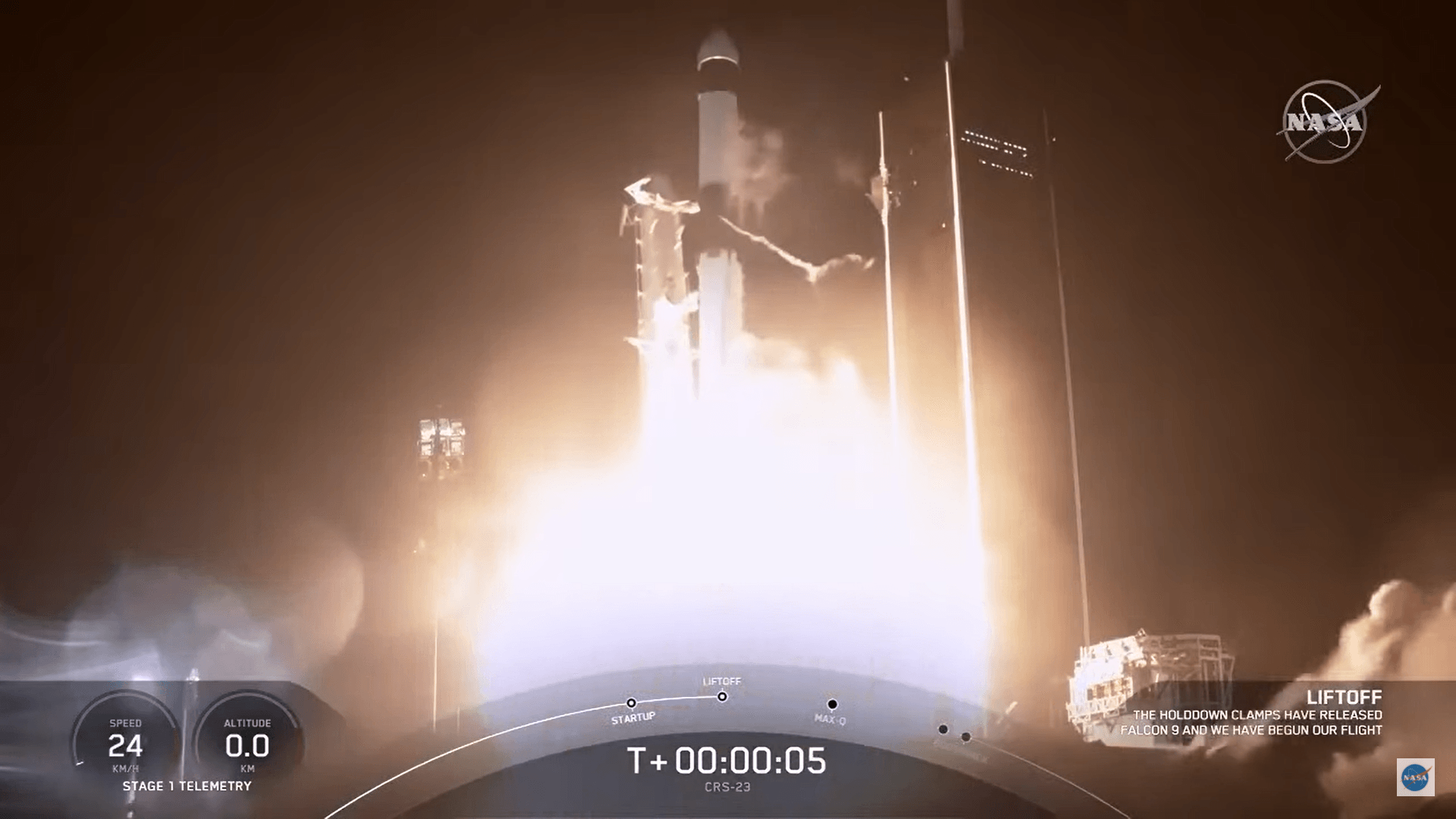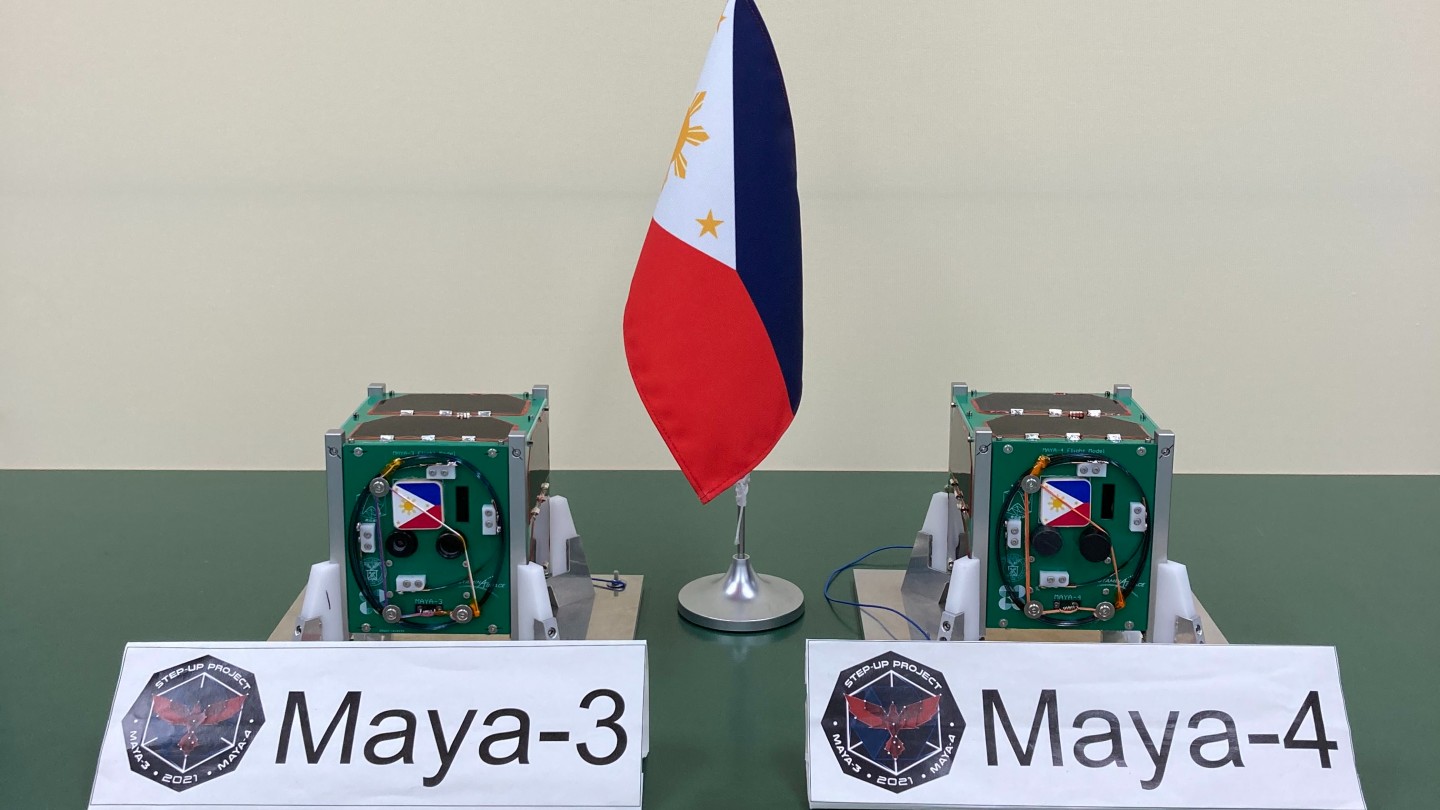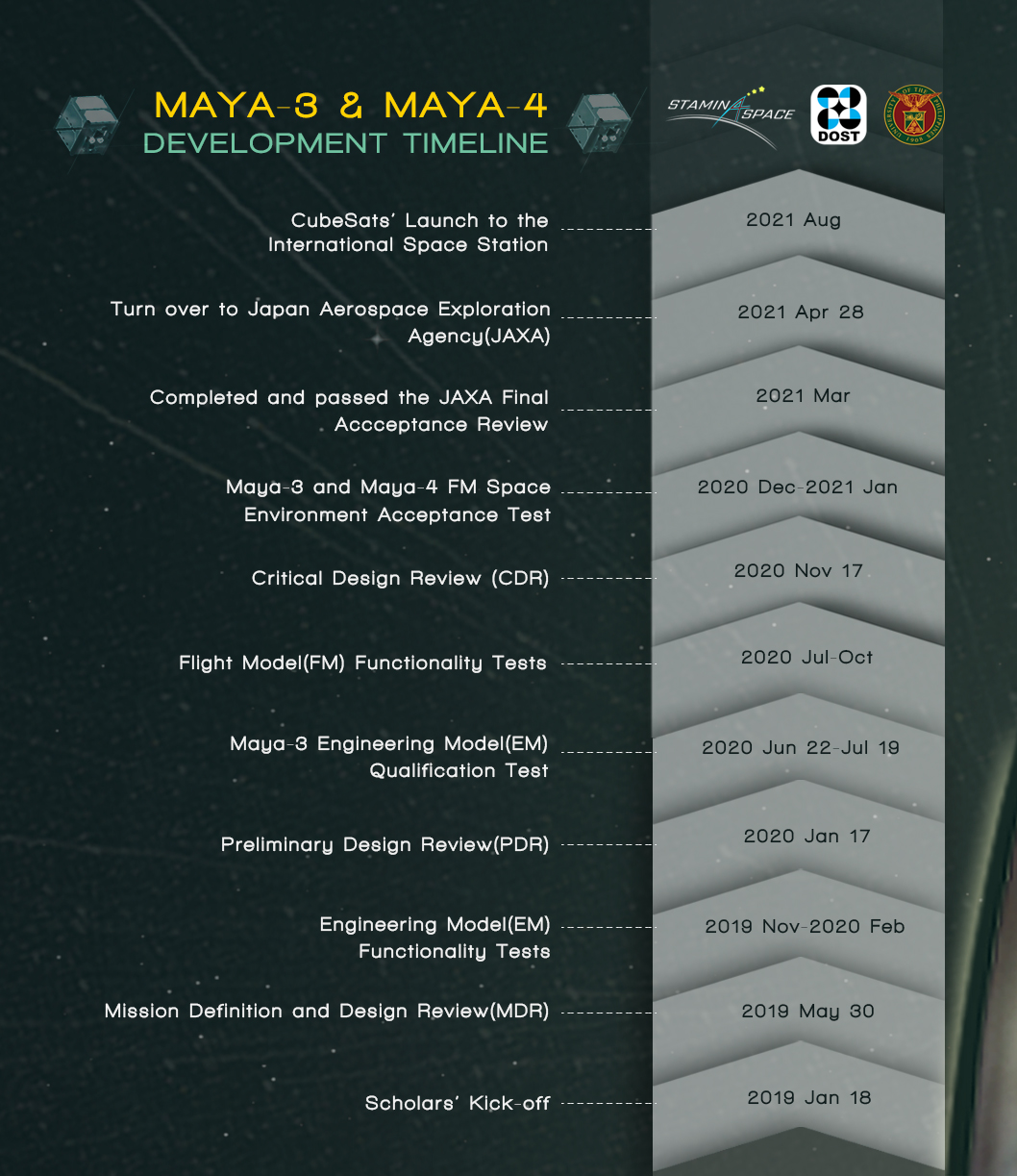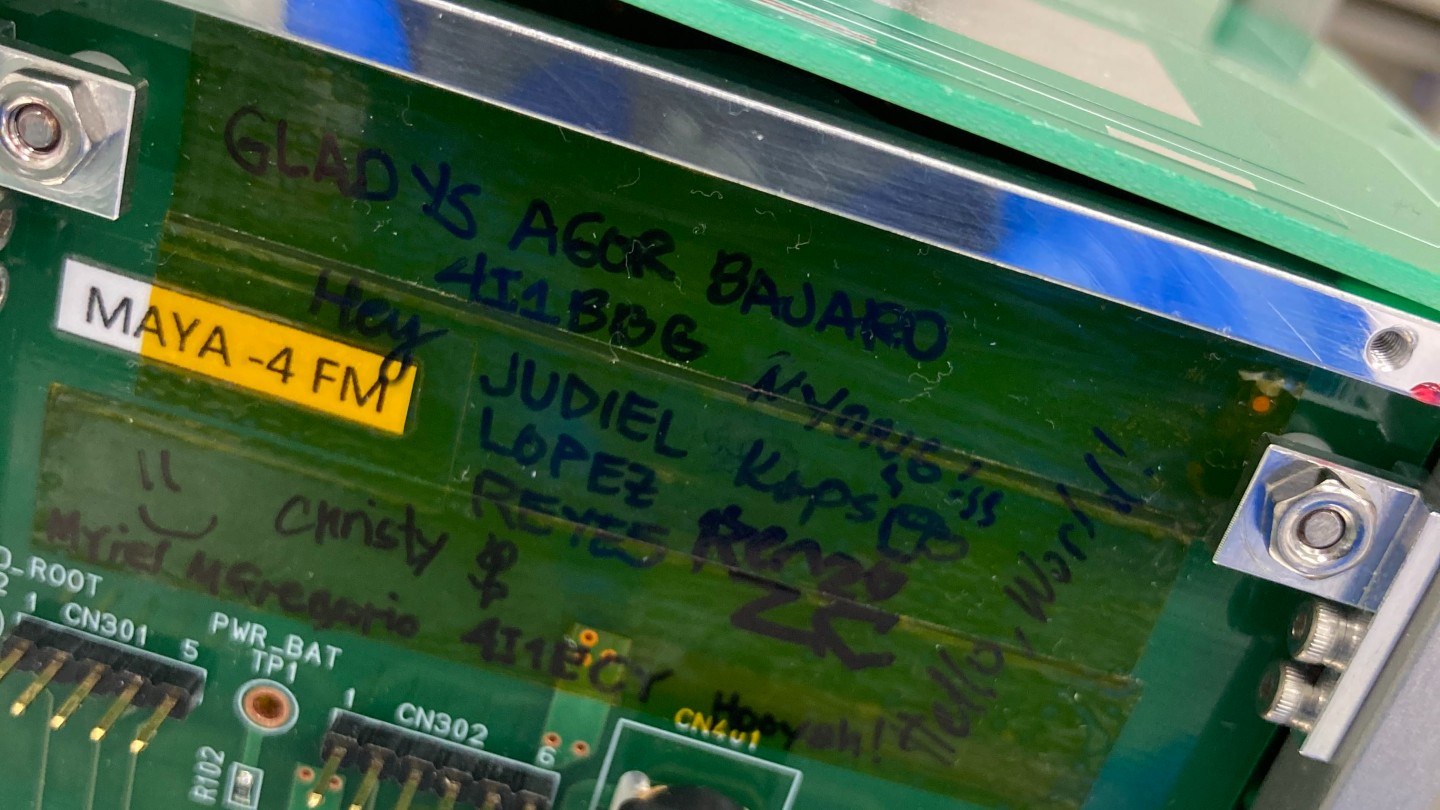SUMMARY
This is AI generated summarization, which may have errors. For context, always refer to the full article.

The Space Technology and Applications Mastery, Innovation, and Advancement (STAMINA4Space) Program announced on Sunday, August 29, the successful launch of two Philippine cube satellites, Maya-3 and Maya-4.
The satellites were launched to the International Space Station (ISS) on August 29, 3:14 pm, Philippine time, aboard a SpaceX rocket called Dragon C208. The launch is part of the SpaceX Commercial Resupply Mission-23.
The 10 cubic centimeter satellites have remote data collection systems along with optical imaging. Once they are released from the ISS, they will move along an orbit similar to the space station’s at an altitude of approximately 400 kilometers.

Beyond the technical capabilities, the satellites allow Filipino engineers to “learn and acquire space technology know-how, and hands-on experience in satellite development,” says STAMINA4Space in its press release.
“The success of Maya-3 and Maya-4 will prove that CubeSats can be successfully built locally,” says Paul Jason Co, project leader of Space Science and Technology Proliferation through University Partnerships (STeP-UP) project. “The knowledge and experience gained from this endeavor can and will be shared to any other institutions through collaboration and cooperation.”
STeP-UP is a graduate program with a nanosatellite engineering track housed within the University of the Philippines Diliman Electrical and Electronics Engineering Institute (UPD EEEI). It is under the STAMINA4Space program, which in turn is funded by the Department of Science and Technology (DOST), and is implemented by the University of the Philippines Diliman (UPD) and the DOST Advanced Science and Technology Institute (DOST-ASTI).
The new satellites will offer proof of concept, paving the way for future solutions. STAMINA4Space says, “Its mission and payloads were conceptualized and developed to test and demonstrate technologies that can later on be used to provide data that may be used in a number of applications across various sectors such as agriculture, environment and natural resources, and disaster risk reduction and management, among others.”
The timeline graphic provided by STAMINA4Space shows the development of the satellites starting in January 2018, and the various design reviews and tests they went through, the turnover to the Japan Aerospace Exploration Agency in April 2021, and its eventual launch in Cape Canaveral, Florida to the ISS.

Eight Filipino scholars were instrumental in developing the satellite: Gladys Bajaro, Derick Canceran, Bryan Custodio, Lorilyn Daquioag, Marielle Magbanua-Gregorio, Christy Raterta, Judiel Reyes, and Renzo Wee. These eight received scholarship support from DOST-Science Education Institute (DOST-SEI). The development of the satellites are also part of the course requirements of the Master of Science or Master of Engineering under the nanosatellite engineering track.

The scholars made what are now known as the first nanosatellites built in the Philippines. Its predecessors, the Maya-1 and Maya-2, began development in 2016 and 2018, respectively, and were built in Japan’s Kyutech through the multi-nation BIRDS project – with the eventual goal of acquiring the know-how to build them in the country’s own backyard.

“When we sent Filipino scholars to Kyutech to work on Maya-1 in 2016 and Maya-2 in 2018, we committed to the idea of being able to build and innovate future Maya cubesats in our own laboratories. With Maya-3 and Maya-4 being lifted up to the ISS today, we achieve that proximate objective,” says Philippine Space Agency (PhilSA) director general Joel Joseph Marciano, Jr.
Maya 3 and 4’s launch follows the launches of the bigger microsatellites Diwata-1 in March 2016 and Diwata-2 in October 2018, and cube or nanosatellites Maya-1 in June 2018, and Maya-2 just last February 2021. Maya-5 and 6 are currently in development – Rappler.com
Add a comment
How does this make you feel?
There are no comments yet. Add your comment to start the conversation.